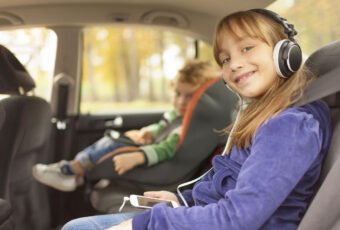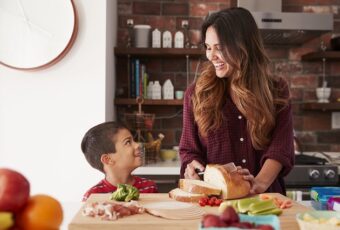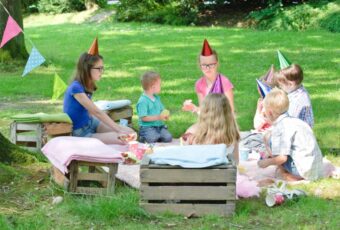As a parent, you are always looking for ways to make sure that your children are happy, healthy, and well-nourished. One of the most important ways to achieve this is by planning and preparing healthy and delicious school lunches. However, with so many things to juggle as a parent, it can be easy to overlook the importance of school lunches. In this article, we will discuss some of the key things that you should keep in mind when planning your kids’ school lunches. We will cover everything from nutritional guidelines to creative lunch ideas.
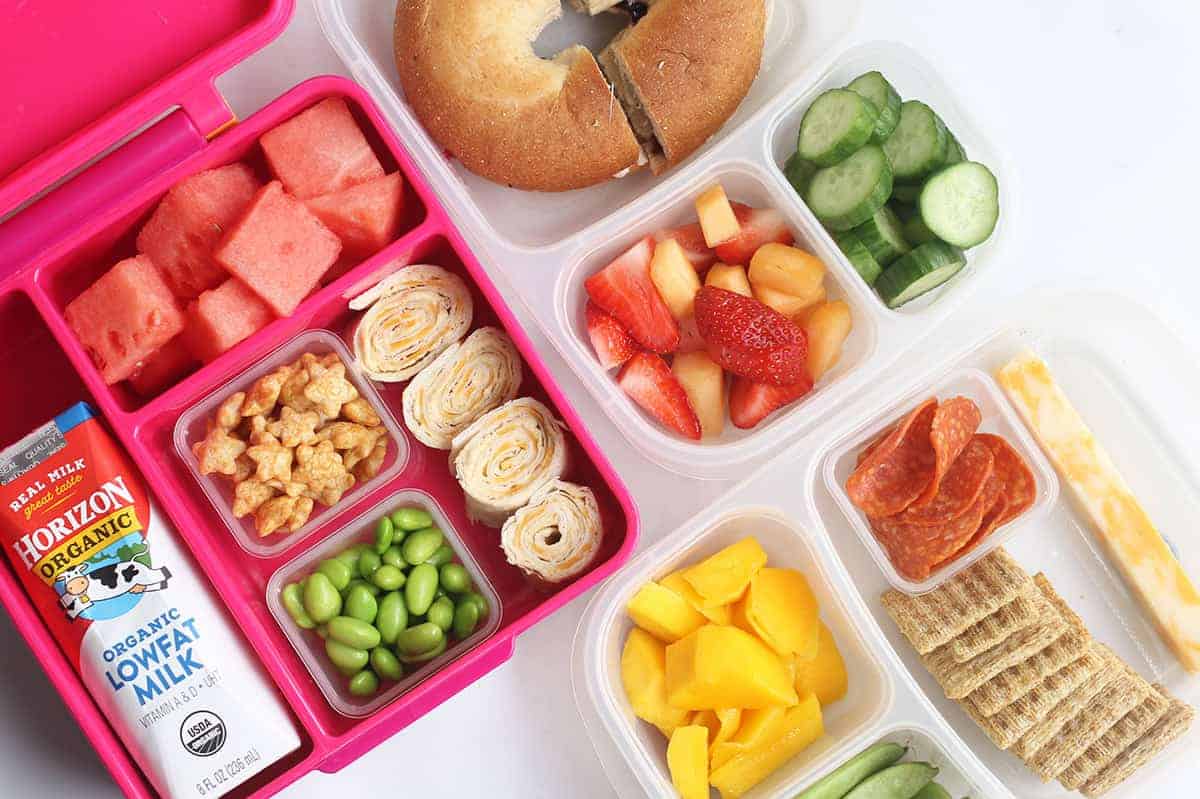
Healthy Lunches For Kids
Why is planning school lunches important? The school lunch is an essential meal for children. It provides the nutrients they need to stay focused and energized throughout the day. Additionally, when children eat a healthy lunch, they are more likely to perform better academically and be more attentive in class. By planning your kids’ school lunches, you are ensuring that they are getting the nutrition they need to succeed.
When planning your kids’ school lunches, it is important to keep in mind the nutritional guidelines set forth by the USDA. The guidelines recommend that children eat a well-balanced diet that includes plenty of fruits, vegetables, whole grains, lean proteins, and low-fat dairy products.
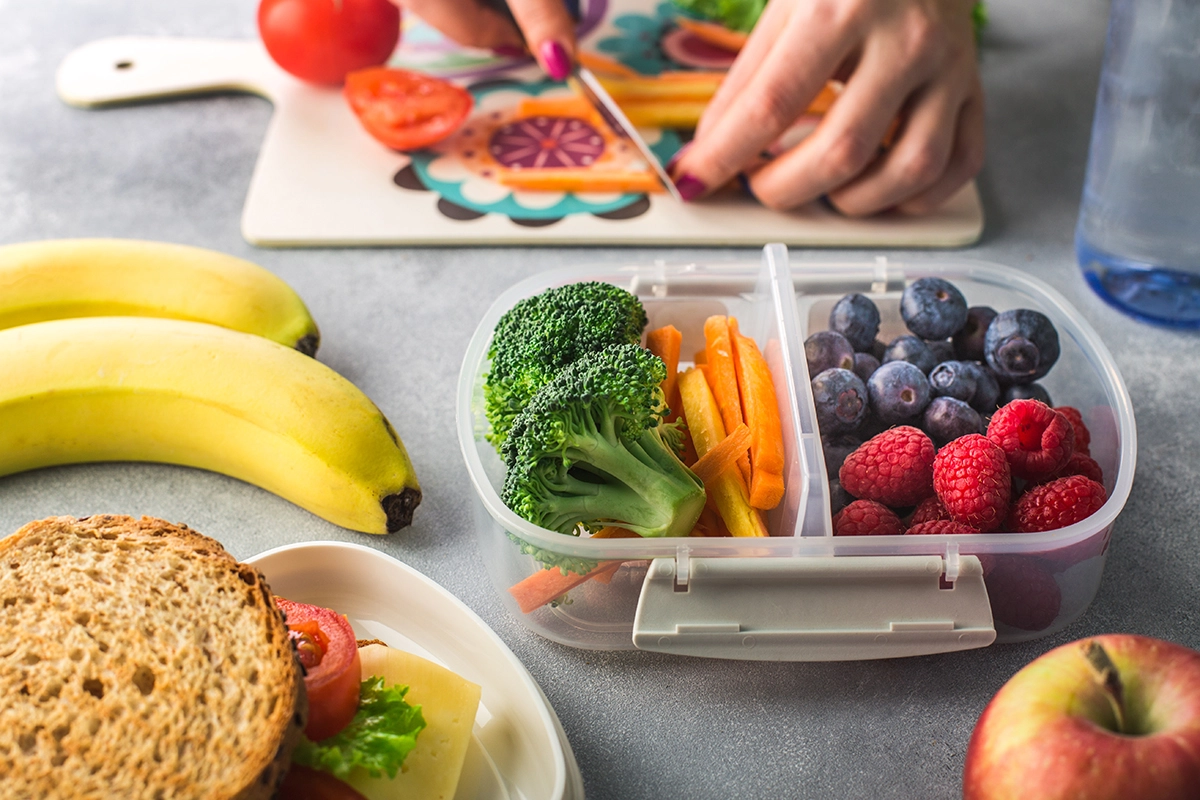
Make Sure They’re Healthy And Balanced
One way to make sure that your kids are getting the nutrients they need is to use the MyPlate system. MyPlate is a visual guide that shows the recommended proportions of different food groups on a plate. Half of the plate should be filled with fruits and vegetables, while the other half should be divided between grains and protein. Additionally, a serving of low-fat dairy should be included with each meal.
One of the biggest challenges of planning school lunches is coming up with new and creative ideas that your kids will actually want to eat. Here are some ideas that can help:
Bento Boxes
Bento boxes are a popular Japanese lunch option that has become popular in the US. They are a great way to pack a variety of foods in a single container. You can include fruits, vegetables, whole grains, and proteins in each box. The key is to make it colorful and visually appealing.
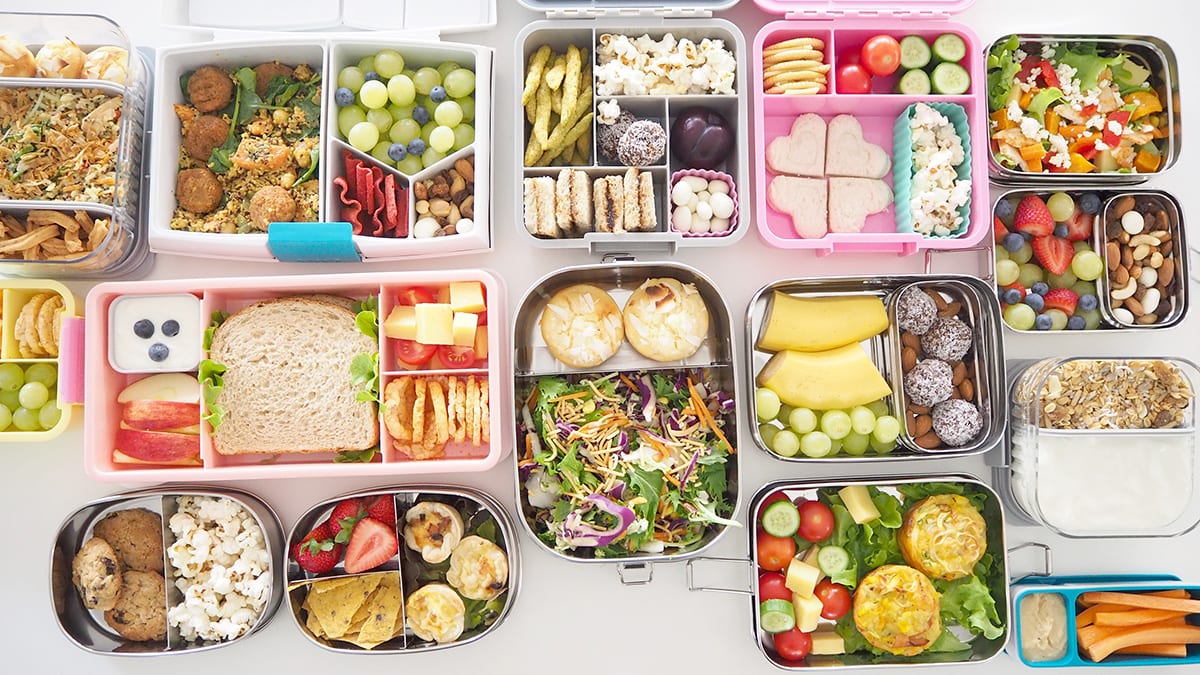
Use Bento Boxes
Wraps
Wraps are a great alternative to sandwiches. You can use whole wheat tortillas and fill them with a variety of ingredients, such as hummus, turkey, avocado, and veggies. Roll them up tightly and cut them into bite-size pieces for easy eating.
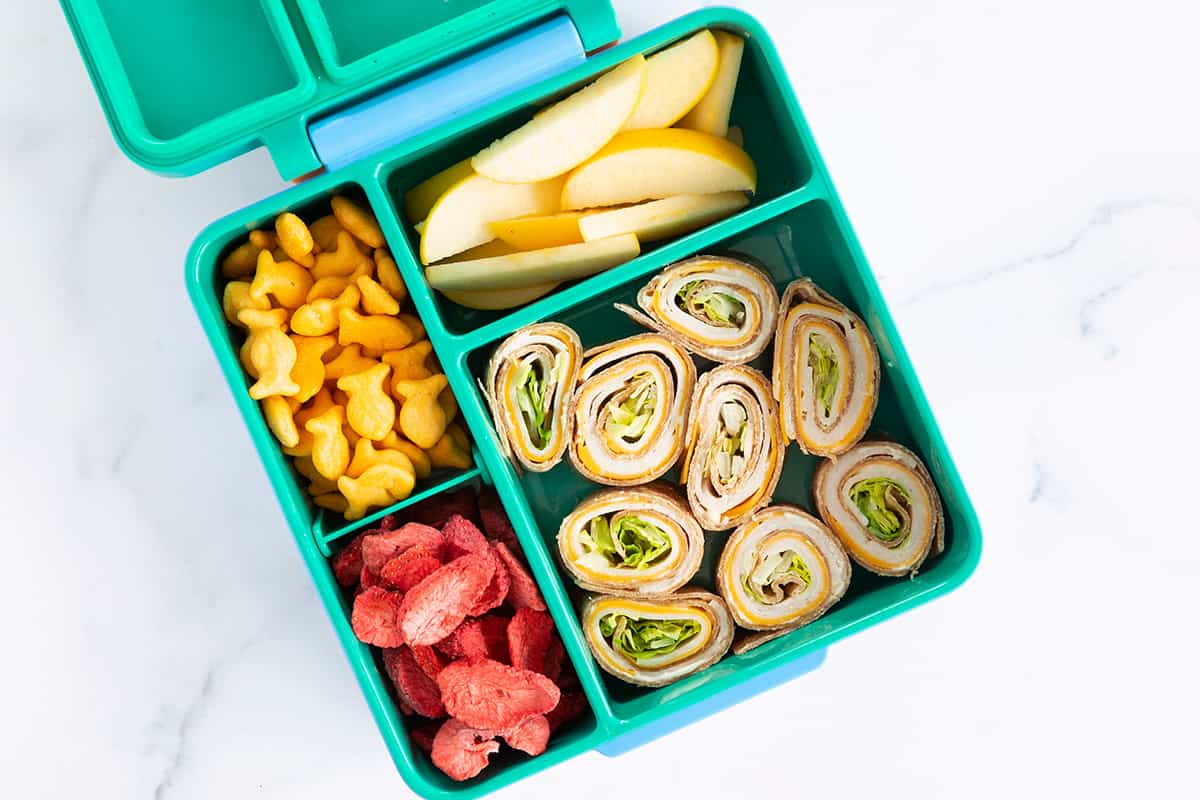
Wraps
Pasta Salads
Pasta salads are a great way to incorporate whole grains into your kids’ diets. You can mix cooked pasta with a variety of vegetables and proteins, such as tomatoes, cucumbers, chicken, and feta cheese. Toss it with a light vinaigrette for added flavor.
Homemade Lunchables
Instead of buying pre-packaged Lunchables, make your own! Use whole wheat crackers, low-sodium deli meat, and cheese to create a healthier version. Add in some fruits and veggies for a well-rounded meal.
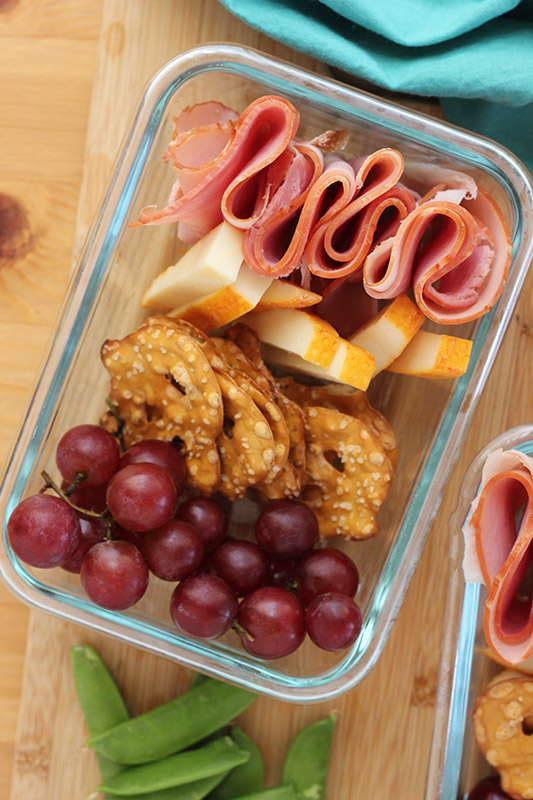
Homemade Lunchables
Smoothies
Smoothies are a great way to pack in fruits and vegetables. You can blend together a variety of ingredients, such as spinach, banana, yogurt, and berries. Add in some chia seeds or flaxseed for added fiber.
Tips for Packing Lunches
Once you have some creative lunch ideas, it is important to keep in mind some tips for packing lunches. Here are some things to consider:
Use the Right Containers
Invest in containers that are leak-proof and easy to clean. Bento boxes, reusable snack bags, and thermoses are all great options.
Prep Ahead of Time
Try to prepare as much as you can ahead of time. Cut up fruits and vegetables, cook pasta, and portion out snacks.
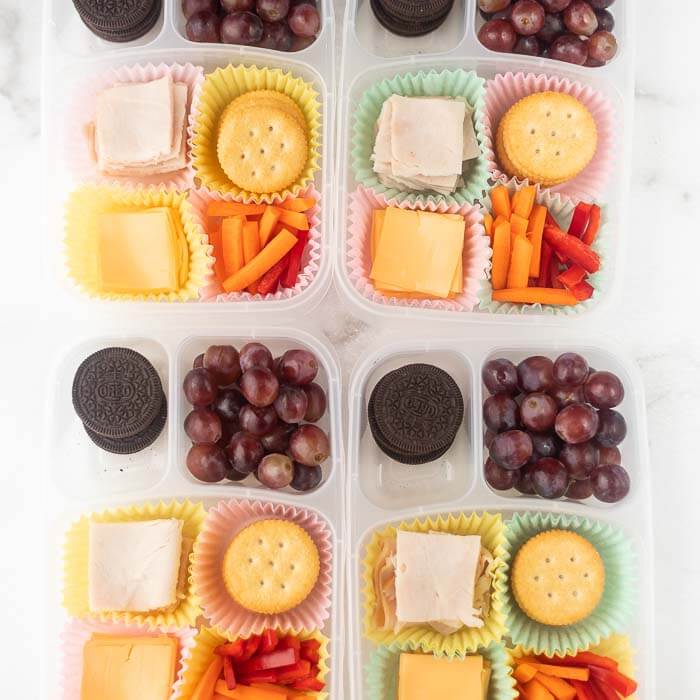
Prep Ahead Of Time
Keep it Cool
Try to get gel ice packs to add into lunches that need to stay cool. Gel packs are better than plastic ones because once they “melt” they are malleable and can fit into different spaces.




